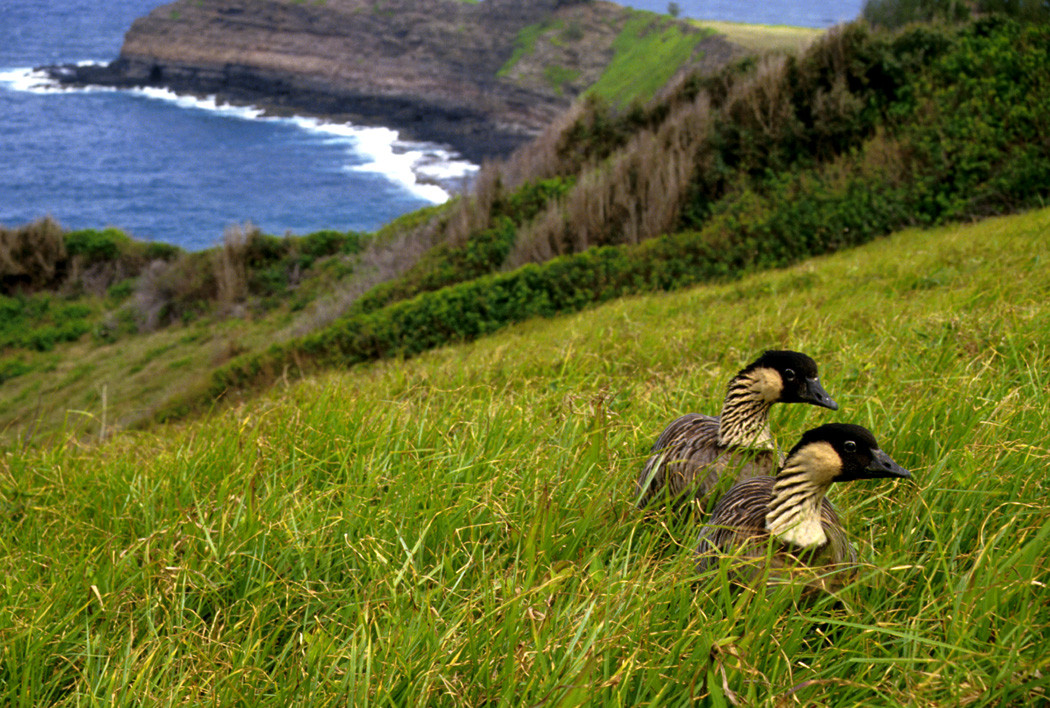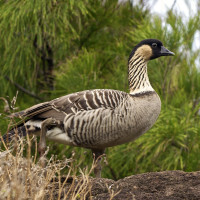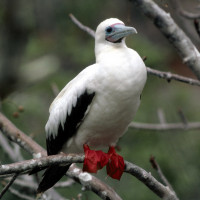Beschreibung
Kilauea Point National Wildlife Refuge is a Hawaii birding hotspot not to be missed. It has one of the largest populations of nesting seabirds in Hawaii. The cliffs are packed with seabirds and Great Frigatebird wheel overhead. The massive Laysan Albatross nests here in the winter and spring, and it’s a refuge for the endangered Hawaiian Goose. You can also observe many migratory seabirds that flock here in the thousands. Among the other birds you can spot are Red-footed Booby, Red-tailed Tropicbird, White-tailed Tropicbird, Wedge-tailed Shearwater, Wandering Tattler and Hawaiian Duck.
Details
Zugang
Access via Kileauea Road. Click on the P in the map for directions or coordinates. The refuge is accessible to all visitors, with an easy walk up from the parking lot along a paved road to the lighthouse and viewing areas.
Terrain und Habitat
Schlucht/CliffBedingungen
GebirgigRundweg
NeinIst ein Spektiv nützlich?
Möglicherweise hilfreichGute Beobachtungszeit
GanzjährigBeste Beobachtungszeit
Frühjahrszug , HerbstzugRoute
asphaltierte StraßeSchwierigkeitsgrad der Tour
EinfachErreichbarkeit
AutoBeobachtungshütten oder -türme
NeinZusätzliche Informationen
Photo Kilauea Point Lighthouse by Chris Hunkeler, CC BY-SA 2.0 <https://creativecommons.org/licenses/by-sa/2.0>, via Wikimedia Commons.
Photo Red footed Booby by Forest & Kim Starr, CC BY 3.0 US <https://creativecommons.org/licenses/by/3.0/us/deed.en>, via Wikimedia Commons.
Photo Hawaiian Goose by John and Karen Hollingsworth / U. S. Fish and Wildlife Service, Public domain, via Wikimedia Commons.
.jpg)
.jpg)





